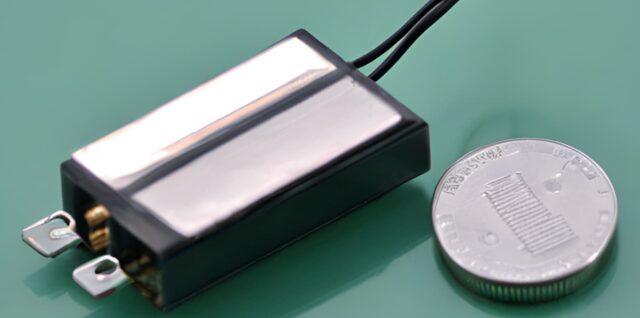Achieving optimal comfort and energy efficiency in HVAC systems relies on room temperature sensors. This article highlights the significance of Mamac room temperature sensors and provides insights on their installation and maintenance, helping you enhance comfort and efficiency in your HVAC system.
The Significance of Room Temperature Sensors
Room temperature sensors, sometimes referred to as thermostats or environmental sensors, are the vigilant sentinels of our indoor spaces. Their primary function is to measure and monitor the ambient temperature, relaying this information to HVAC systems for precise climate control. Here’s why they are of utmost importance:
1. Precision Climate Control
Veris room temperature sensors enable HVAC systems to maintain the desired temperature with remarkable accuracy. This precision ensures that occupants experience comfort without the need for constant manual adjustments.
2. Energy Efficiency
Efficient HVAC operation is closely tied to room temperature sensors. By accurately gauging temperature and providing real-time feedback to the system, these sensors prevent unnecessary heating or cooling, leading to substantial energy savings.
Tips for Proper Installation
1. Location Matters
The placement of room temperature sensors is critical. It can significantly influence the system’s performance and energy consumption. Consider these factors:
Avoid Direct Sunlight: Place sensors away from direct sunlight, as it can lead to false temperature readings and unnecessary system activation.
Avoid Heat Sources: Keep sensors clear of heat sources like radiators, ovens, or large electronics, which can create localized temperature variations.
Representative Locations: Position sensors in locations that reflect the average temperature of the space, avoiding areas with extreme conditions.
2. Proper Mounting and Calibration
Ensure sensors are securely mounted to prevent vibrations or shifting, which can affect readings.
Follow the manufacturer’s instructions for calibration to maintain accurate temperature measurements.
Maintenance Best Practices
Proper maintenance of room temperature sensors is essential for their longevity and continued accuracy. Here are some best practices to follow:
1. Regular Cleaning
Dust and debris can accumulate on sensor surfaces over time, affecting their performance. Regularly clean sensors to keep them free from obstructions.
Use a soft, lint-free cloth or a can of compressed air to gently clean sensor surfaces.
Establish a cleaning schedule that aligns with the environmental conditions of the space.
2. Inspect for Wear and Tear
Routinely inspect sensors for any signs of physical damage, such as cracks or loose connections.
Examine cables and connectors for wear and tear, as damaged components can lead to inaccurate readings or system malfunctions.
3. Calibration Checks
Periodically verify the accuracy of room temperature sensors through calibration checks.
Follow the manufacturer’s guidelines for calibration procedures and timing. It’s essential to calibrate sensors whenever they show signs of drift or inaccuracy.
Sensor Compatibility and Integration
When selecting room temperature sensors, it’s crucial to ensure compatibility with your HVAC or building automation system. Integrating sensors seamlessly into your system can provide additional benefits:
Enhanced Control: Integration allows for more precise control over temperature settings and enables fine-tuning of HVAC operations.
Energy Savings: A well-integrated system can optimize energy consumption by adjusting temperature settings based on occupancy and external conditions.
Remote Monitoring: Some modern sensors offer remote monitoring capabilities, allowing facility managers to keep a close eye on temperature conditions from anywhere.
Energy Efficiency and Cost Savings
Efficient room temperature sensors are instrumental in reducing energy consumption and, consequently, operational costs. Here’s how:
Optimized HVAC Operation: Well-maintained and accurately calibrated sensors ensure that HVAC systems run only when needed, preventing unnecessary heating or cooling.
Energy Conservation: Reduced energy consumption translates to lower utility bills and a reduced carbon footprint, contributing to both financial savings and environmental sustainability.
Conclusion
Room temperature sensors are unsung heroes in the world of HVAC and building management. Their role in achieving comfort and energy efficiency cannot be overstated. By adhering to proper installation and maintenance practices, you can maximize the benefits of these sensors, ensuring precise climate control and substantial energy savings.
Remember that a well-maintained system not only operates efficiently but also contributes to the overall comfort and functionality of your indoor spaces. Whether you are in a residential or commercial setting, the tips outlined in this blog post will help you make the most of your room temperature sensors, resulting in a more comfortable, energy-efficient environment. With these practices in place, you can enjoy optimal comfort while minimizing energy costs a win-win for both your comfort and your wallet.
